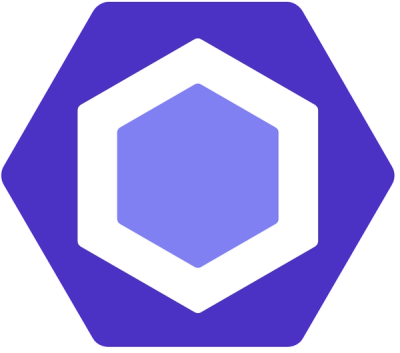
Security News
Follow-up and Clarification on Recent Malicious Ruby Gems Campaign
A clarification on our recent research investigating 60 malicious Ruby gems.
Clay generates static pages using layouts and text snippets. It is something like a CMS for those who know html and would like to use their own text editor. Clay was inspired by jekyll which is a simple tool to create a blog. The difference between clay and jekyll is that clay aims at a clear folder structure and simple templating using mustache.
There are plans for adding a blogging support in clay too.
In your project directory You will find following subdirectories
The layouts directory is for the global layouts of your pages. There must be a layout called default.html
In the pages directory You create each page You want to have. The pages are created in html or markdown. The filename of an html page must be .html Markdown pages however can be either .md or .markdown
NOTE Your pages may have any names You want. However given your domain name is foo.com, and You want that the main page shows up at http://foo.com You will have to create page named index in the pages directory
The static files like css stylesheets, javascript files and images/videos all should be placed in the static folder.
The texts is a directory, in which You can create the texts with images, which will then be available to the layouts and the pages. A text file in texts directory must be written in markdown and have the extension of either .md or .markdown in order to be used. You can then use any text with filename some-article.md as {{{text-some-article}}} in Your pages. Please note, that in pages or layouts You should do a tripple brackets, otherwise the tags will be escaped and You will see html instead of nice formatted text.
Clay can be configured to behave specifically to Your development needs. To use this, You can create config.yaml in your project directory with following options:
autoreload: true|false - This option will autoreload Your site, when you run it via
clay run and something changes in pages, layouts, texts or static files.
This way You can just update the files and immediately see the changes
when You reload the page. This is very useful for the page development
or when You write some text and want to see how does it actually look
like on the page.
target_dir: <custom/target/directory> - This option makes clay generate the site into
a specific location. For example a pubic directory. This directory can be then served
by a webserver. This way one can install clay on a remote server and update the site
on the fly. It also provides more flexibility in choosing the place of output.
Please make sure, that the target is writable.
Clay by Pavlo Kerestey is licensed under a MIT Licence. Permissions beyond the scope of this license may be available at http://kerestey.net.
Copyright (C) 2011 by Pavlo Kerestey
Permission is hereby granted, free of charge, to any person obtaining a copy
of this software and associated documentation files (the "Software"), to deal
in the Software without restriction, including without limitation the rights
to use, copy, modify, merge, publish, distribute, sublicense, and/or sell
copies of the Software, and to permit persons to whom the Software is
furnished to do so, subject to the following conditions:
The above copyright notice and this permission notice shall be included in
all copies or substantial portions of the Software.
THE SOFTWARE IS PROVIDED "AS IS", WITHOUT WARRANTY OF ANY KIND, EXPRESS OR
IMPLIED, INCLUDING BUT NOT LIMITED TO THE WARRANTIES OF MERCHANTABILITY,
FITNESS FOR A PARTICULAR PURPOSE AND NONINFRINGEMENT. IN NO EVENT SHALL THE
AUTHORS OR COPYRIGHT HOLDERS BE LIABLE FOR ANY CLAIM, DAMAGES OR OTHER
LIABILITY, WHETHER IN AN ACTION OF CONTRACT, TORT OR OTHERWISE, ARISING FROM,
OUT OF OR IN CONNECTION WITH THE SOFTWARE OR THE USE OR OTHER DEALINGS IN
THE SOFTWARE.
FAQs
Unknown package
We found that clay demonstrated a not healthy version release cadence and project activity because the last version was released a year ago. It has 1 open source maintainer collaborating on the project.
Did you know?

Socket for GitHub automatically highlights issues in each pull request and monitors the health of all your open source dependencies. Discover the contents of your packages and block harmful activity before you install or update your dependencies.

Security News
A clarification on our recent research investigating 60 malicious Ruby gems.

Security News
ESLint now supports parallel linting with a new --concurrency flag, delivering major speed gains and closing a 10-year-old feature request.

Research
/Security News
A malicious Go module posing as an SSH brute forcer exfiltrates stolen credentials to a Telegram bot controlled by a Russian-speaking threat actor.